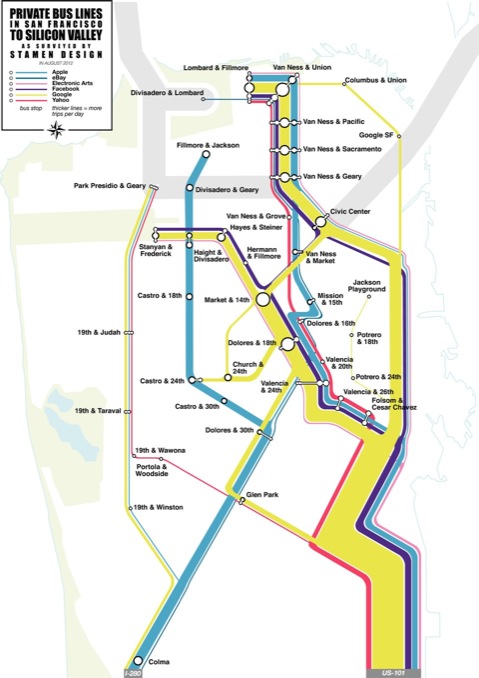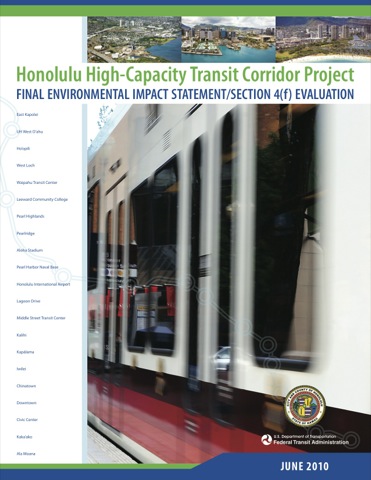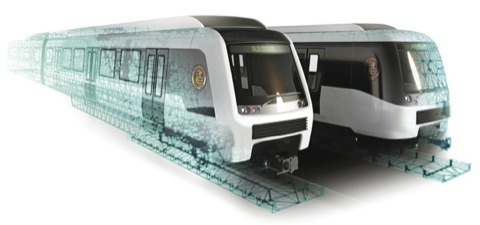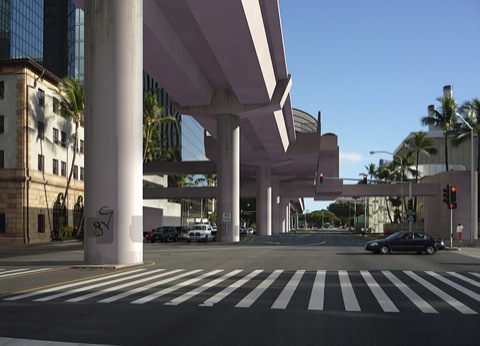To almost no one’s surprise, the Honolulu Authority for Rapid Transportation (HART) has announced that the rail project it is building will cost at least 10 to 15 percent more than estimated, while the revenues from the general excise tax that is supposed to pay for the project are, so far, $41 million less than expected.
A 10 to 15 percent cost overrun isn’t large as rail projects go, but this is an expensive, $5.2-billion project to start with, so 10 to 15 percent is $500 million to $780 million. HART officials blame the cost increase partly on the lawsuits that, unfortunately, failed to stop this waste of money, but even they say that the delays only increased costs by $190 million. Since the project isn’t even supposed to be completed until 2019, there is plenty of time for overruns to mount up to be far greater than projected today.
Rather than make the sensible move and simply cancel the project, the city is debating how to pay for the overruns. One idea is to divert to rail $200 million in federal money that is now being spent on Honolulu buses. Another idea is to extend the excise tax, which was supposed to expire in 2022, for a much longer period of time. Either way, they would take money that would have been spent on something productive and devote it to a complete boondoggle.











